D
Deleted member 49428
Guest
I thought it was M for M.r.n 
Last edited by a moderator:
I don't think so but I do think the wrong advice is usually given. The usual question is I HAVE BOUGHT/AM THINKING OF BUYING A DSLR I DON'T UNDERSTAND HOW TO SET IT. The usual answer is set it on auto until you feel confident with it. My advice would be set it to manual. Why do I think this. In 1970 when I was a young lad of 17 I bought a Practica Super TL. Manual only, aperture priority didn't exist until 1972. I never had a problem with it. Learnt about shutter speeds and apertures not rocket science. This knowledge was the bedrock to how I shoot today knowing that my intelligent camera is giving me appropriate settings.
M for Master.
Somebodies been reading Ken Rockwell's blog
M with auto ISO isn't 'Manual', in any sense but particularly in the context the OP is using.I tend to switch between P and use the "shift" function when I'm taking static subjects; and M with Auto ISO for moving subjects allow control over both aperture and shutter speed while allowing the camera to expose correctly.
Personally I find A and S less useful.
Of course I'm likely to be doing it all wrong...
I didn't say its manual though Phil ... I said It allows full control over aperture and shutter speed. For me (and I'm not talking about anyone else but myself) I find that offers me the control I need.M with auto ISO isn't 'Manual', in any sense but particularly in the context the OP is using.
I'm curious how much people thought about exposure back then. Yes it was manual only ... but it did have TTL metering (afaik). So how much did you actually use it in "full" manual, and how much was it a case of setting either aperture or shutter to suit, and then adjusting the other to the "correct" metered value? I don't (personally though my first camera I owned rather than used was an AE-1 so had Shutter Priority) see much difference between that and using a camera in Auto mode now. Perhaps a little more you were forced to learn about using it, but you still had to go out your way to learn (through books or tuition) if you wanted to.The usual question is I HAVE BOUGHT/AM THINKING OF BUYING A DSLR I DON'T UNDERSTAND HOW TO SET IT. The usual answer is set it on auto until you feel confident with it. My advice would be set it to manual. Why do I think this. In 1970 when I was a young lad of 17 I bought a Practica Super TL. Manual only, aperture priority didn't exist until 1972. I never had a problem with it. Learnt about shutter speeds and apertures not rocket science. This knowledge was the bedrock to how I shoot today knowing that my intelligent camera is giving me appropriate settings.
I've never had a film camera with auto modes. Whether the meter was hand-held or ttl, technique was (and is) essentially the same - you exercise judgement to do with where you point the meter and how to interpret its reading. Another influence would be the type of film - neg or transparency. So thought was involved rather than blind trust.I'm curious how much people thought about exposure back then.
The camera didn't teach you about correctly exposing though ... surely that was something you had to go out and learn for yourself though either experimentation or learning about the photography and exposure.I started with film, a cheap Fuji ST-1, which had a little meter pointer in the side of the view finder. You got the pointer in the middle for exposed correctly (or what the camera thought) and could exposure compensate by how high/low the pointer was on the scale
Taught me a lot about correctly exposing in camera.
I accept that *photographers* would do this ... but thats no different today. You have to exercise judgement. Less so with modern matrix metering and the latitude of digital sensors, but there is still judgement needed over the scene if you are that kind of person. Digital has made photography more accessible, but essentially the techniques are the same (IMO).I've never had a film camera with auto modes. Whether the meter was hand-held or ttl, technique was (and is) essentially the same - you exercise judgement to do with where you point the meter and how to interpret its reading. Another influence would be the type of film - neg or transparency. So thought was involved rather than blind trust.
The camera didn't teach you about correctly exposing though ... surely that was something you had to go out and learn for yourself though either experimentation or learning about the photography and exposure.
Unless you're very lucky and just naturally gifted, I would say you're unlikely to get very good at something if you don't understand it. Yes, you may be able to do just enough to get by, but to excel at something you really need to understand it first. That's obviously just the first step or the foundation. After that it takes more work......
But the point I really want to make is that there has never been a time when it was easier to learn something. It's not like you have to trek down to the library or buy a set of encyclopedias anymore, most people who are new to photography now have instant access to an infinite amount of learning material via the internet. Also, with digital photography, you haven't got the cost of film + developing, you can take as many bad photos as you like without worry. I'm only a typical amateur but when I first decided I wanted to take better photographs, I spent hours reading online and stumbling across the exposure triangle which led onto each of the separate aspects and their characteristics. Add to that the readily available source of inspiration from Flickr etc. to go out and try it yourself means that if someone wants to learn then they will. If they can't be bothered, well that's up to them.......But it has literally never been easier.
Yes very true and with that in mind I fell personally that is why I like to go fully manual. It is an art to me. I like to be in control. To be able to feel I have actually achieved something.
There's a misconception here, a total misunderstanding of the difference between art and craft...
Is this a joke?
There's a misconception here, a total misunderstanding of the difference between art and craft.
Having a mastery of the controls of a camera in order to achieve a well focussed, well exposed image is craft. And it's craft whether you're shooting on a completely manual camera or a modern DSLR. but the second can have a guess what you want it to (it'll not often be right), choosing how to manipulate those computers is still craft.
Art is choosing what to shoot, when and where. And no camera can ever guess at that for you.
Too many photographers spend too much time and effort working on the craft, which is sad, like a novelist practicing handwriting techniques rather than researching and creating plot concepts. A fantastic photograph shot on auto is more of an achievement than a crap photo shot in manual, just like a great novel written on a word processor.
As for the original question; no. Modern cameras aren't too complicated, they're tools with loads of helpful functions. Just like modern cars, is it great fun driving a brand new BMW M5, with loads of driver aids? Yes. Is it great fun driving a Morris Minor? Yes. Is one 'better' than the other? It all depends what you prefer personally.
Many of us would enjoy both, I can enjoy using an ancient mechanical camera, as well as a modern electronic wonder. But when it comes to 'work', I can create more images better and quicker using a modern camera, so my value judgement is 'give me the computers please'
What? Really?You do know that when using a Sony or any other mirrorless camera you can turn the constant preview stuff off? And indeed you can turn just about every bit of helpful stuff that appears in the EVF off and then you'll have to do it all yourself.
What? Really?Yes Im aware of that. I shoot it both with and without ocf so its become second nature to do it. Still you have to go through the menu to turn all of it off.

As such I dont disagree but there is a wast difference between being forced to work a certain way and have it as an option you can choose to adopt. Re the rest I think you lost meI assume that anyone who wants to learn what buttons and dials do what and how it all affects the picture might be able to spare the time to dive into the menu and turn off the constant preview. After all, diving into the menu then gives you the authority to criticise it. It seems like all some people do is compare menus.
Sorry, but I just get a bit tired of the more negative aspects of forums... the points scoring, the brand snobbery, and the settings snobbery. I'm sure it must put a lot of people off.
For those who think that cameras are too complex, please don't think that. They pretty much all have modes which do most all of the technical stuff for you and if you want to learn what's going on it'll all be in the user manual. Actually I think that mirrorless cameras with their in view effects and aids are the easiest cameras to learn with.
I can say my first mode I started with is Av aperture priority and I still use this 90% of the time.
I’ve never used Tv or auto or P.
Av (Aperture priority) is an Auto mode.
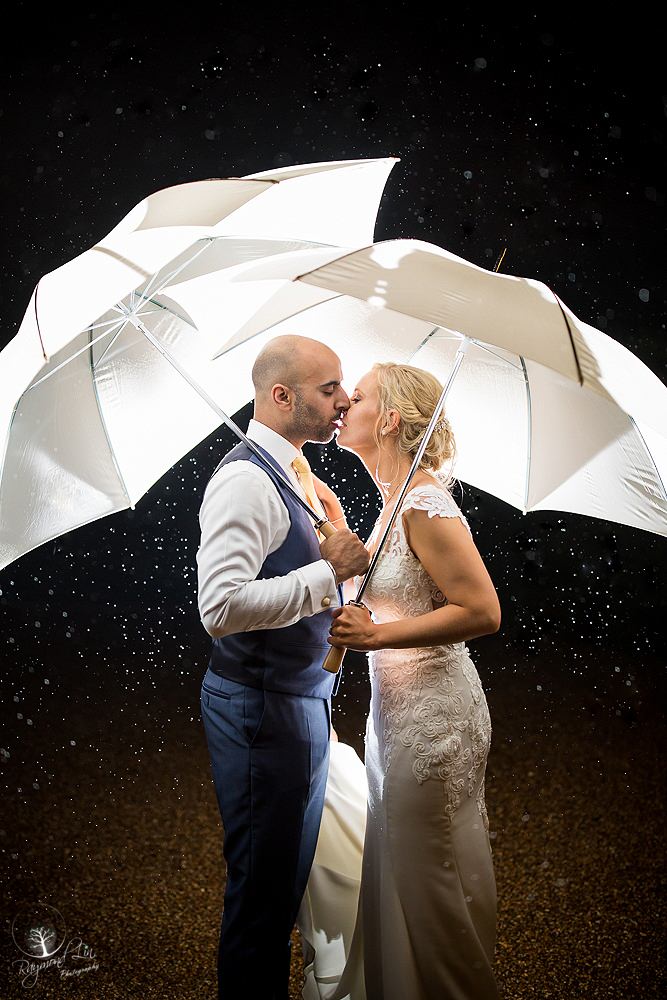
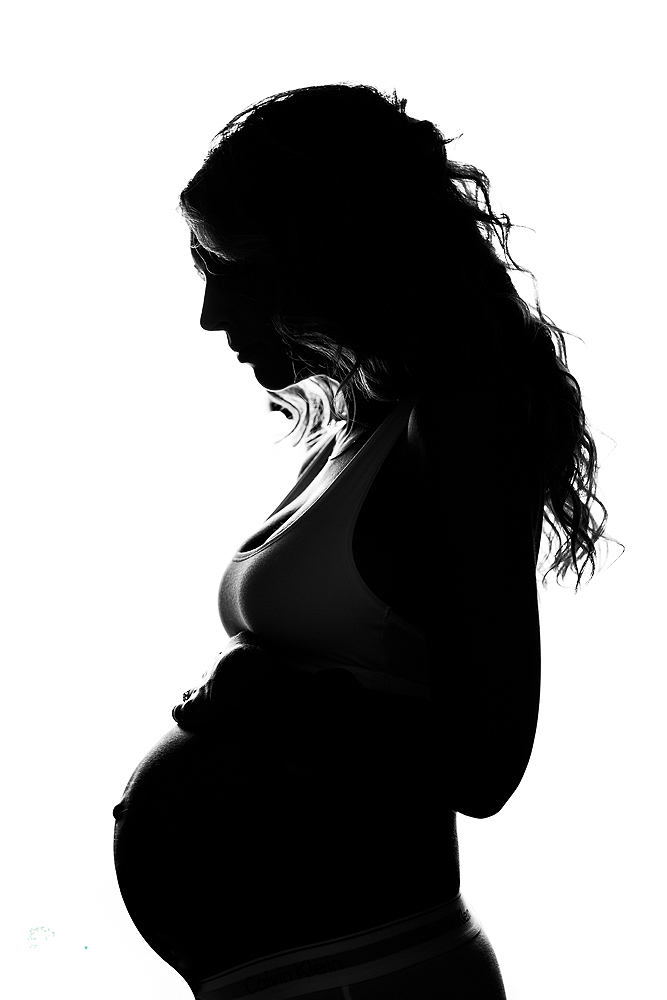
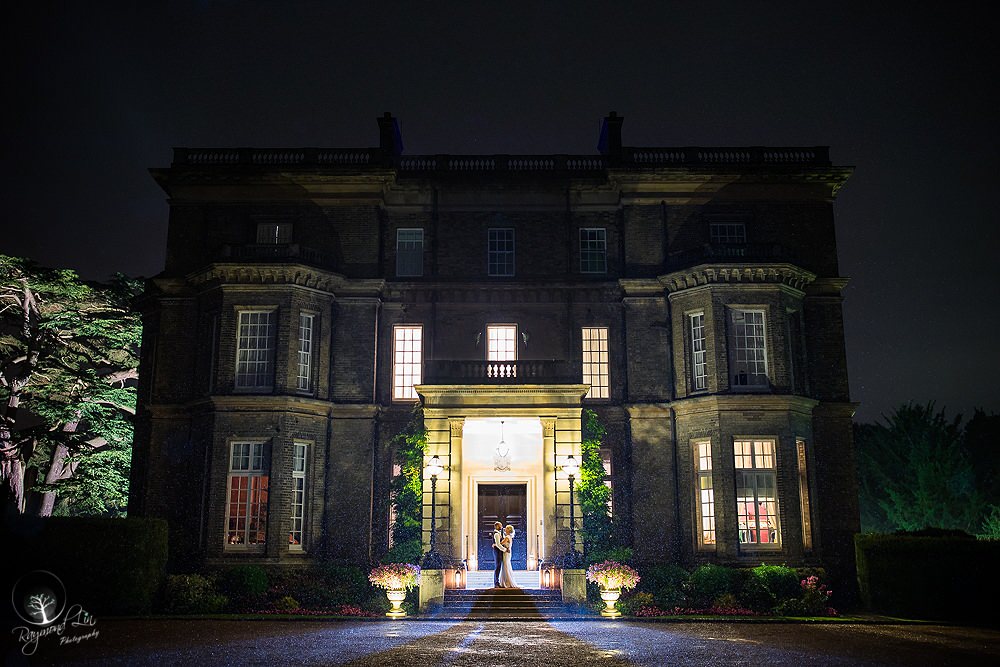
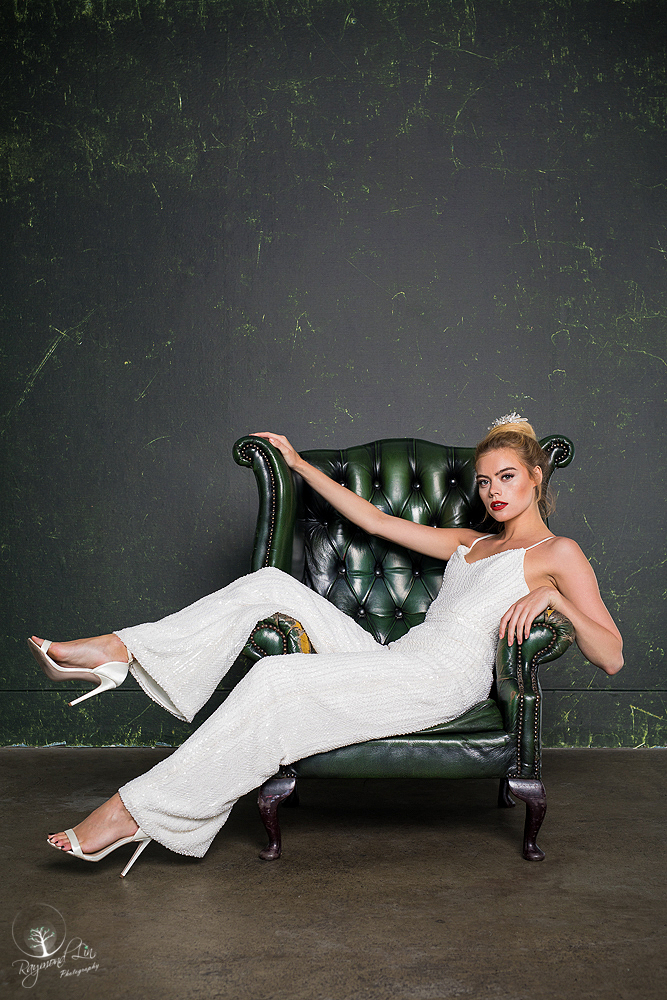
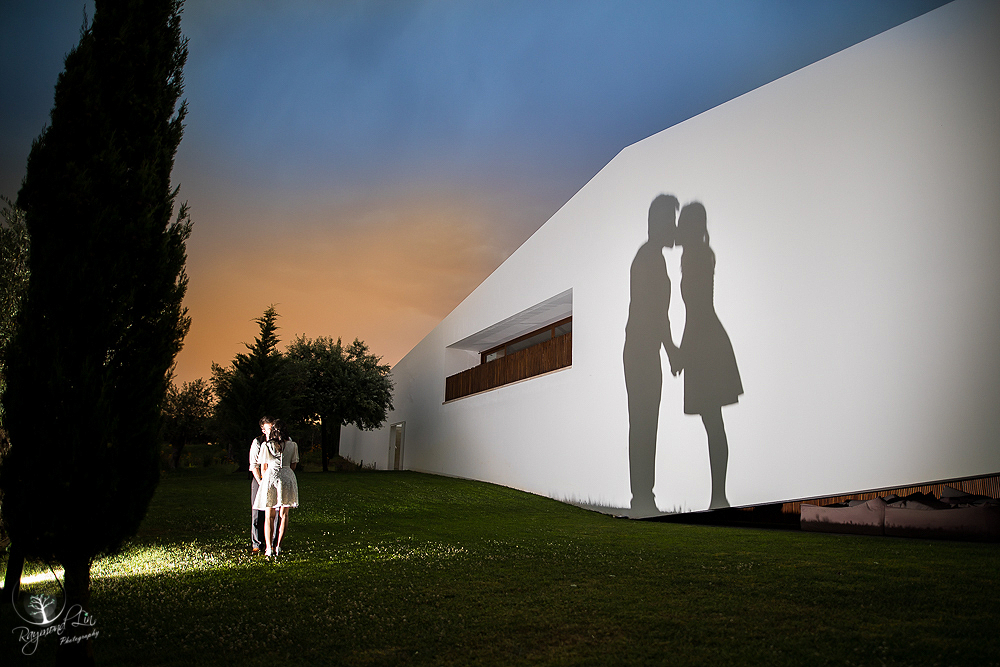
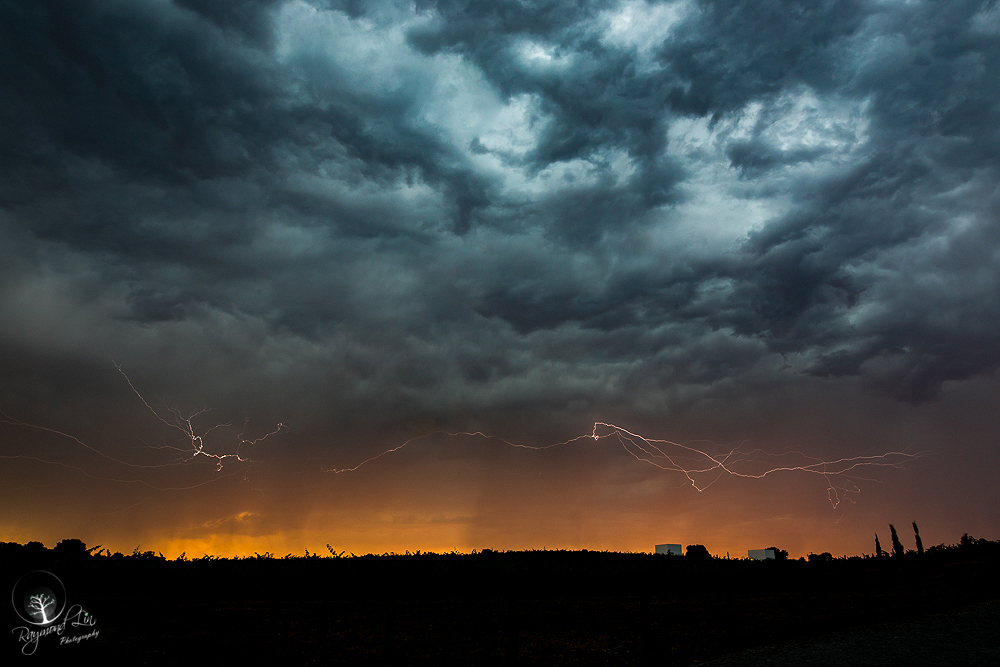
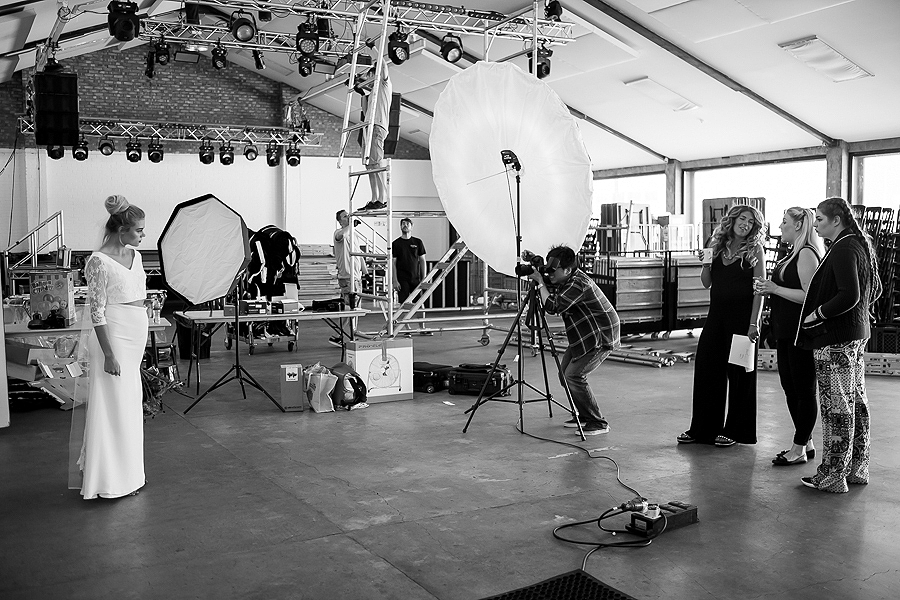
I have to say it did take me some time before I managed to get my head around everything. In relation to learning, it's relative to the individual and their capacity to learn and want to learn.
In terms of the way I shoot, it varies. More often than not, when I'm attempting to test myself or my lens, I'll shoot in manual so I get used to it but also may be the camera is making a mistake so I can always rule that out. I quite like shooting buses so when I'm out doing that, I tend to either shoot in auto (Without flash) or in manual. Whenever I shoot buses, their stationary and the light is almost always good and I find auto makes a good enough decision considering the use of the photos. I only override and shoot in manual whenever I see elements underexposed. .
I'd also call that semi-automatic
semi auto, as I am changing 1 part of the triangle, actually I set my own ISO too. so 2 of 3.
But if you want to call it Auto mode, label me what you want.
I shoot manual when it is best to.







of course just as a is for amateur there is nothing wrong with shooting in any of the settings if you only needed m on a pro camera the rest would not be thereM for Master.
of course just as a is for amateur there is nothing wrong with shooting in any of the settings if you only needed m on a pro camera the rest would not be there
If the camera selects one of the three settings automatically then it is an auto mode.
